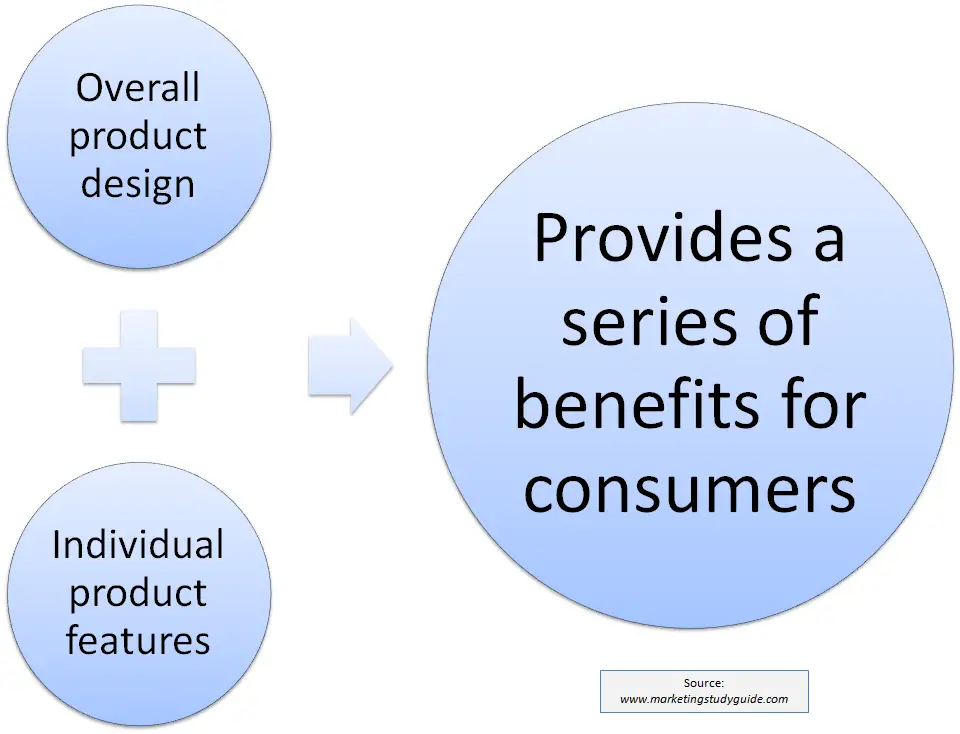Unveiling the Power of Your Product: A Guide to Effective Feature & Benefit Communication
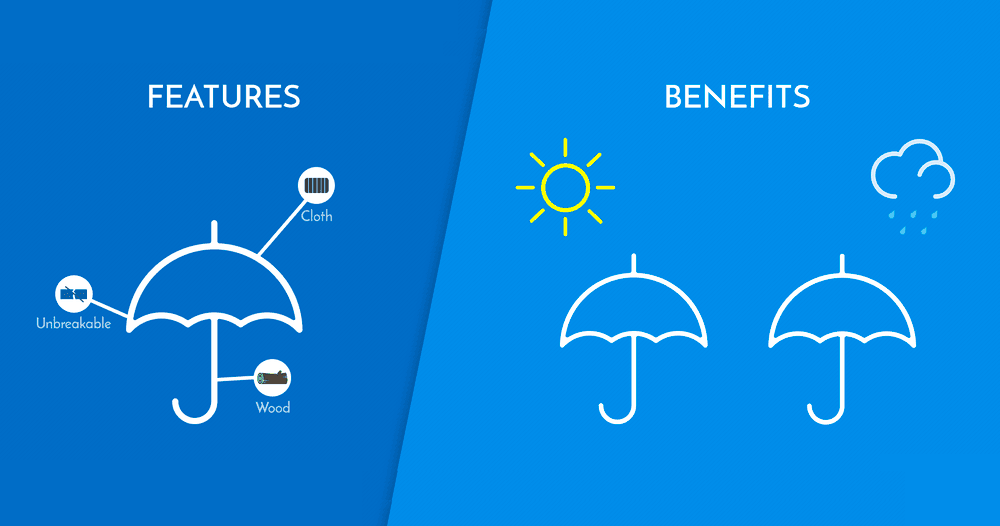
As an architect and interior design expert, I’ve spent years crafting spaces that not only look beautiful but also function flawlessly. This journey has taught me the importance of understanding the needs of my clients, and translating complex concepts into tangible benefits they can truly appreciate.
The same principles apply to selling your product or service. Instead of simply listing features, you need to connect them to the real-world advantages your customers will experience. This is where the magic of feature-benefit communication comes in.

To help you craft compelling messaging, let’s dive into the process of identifying and highlighting the most impactful features and benefits for your ideal customer.
1. Understanding Your Ideal Customer:
Before we can talk about features and benefits, we need to understand who your ideal customer is.
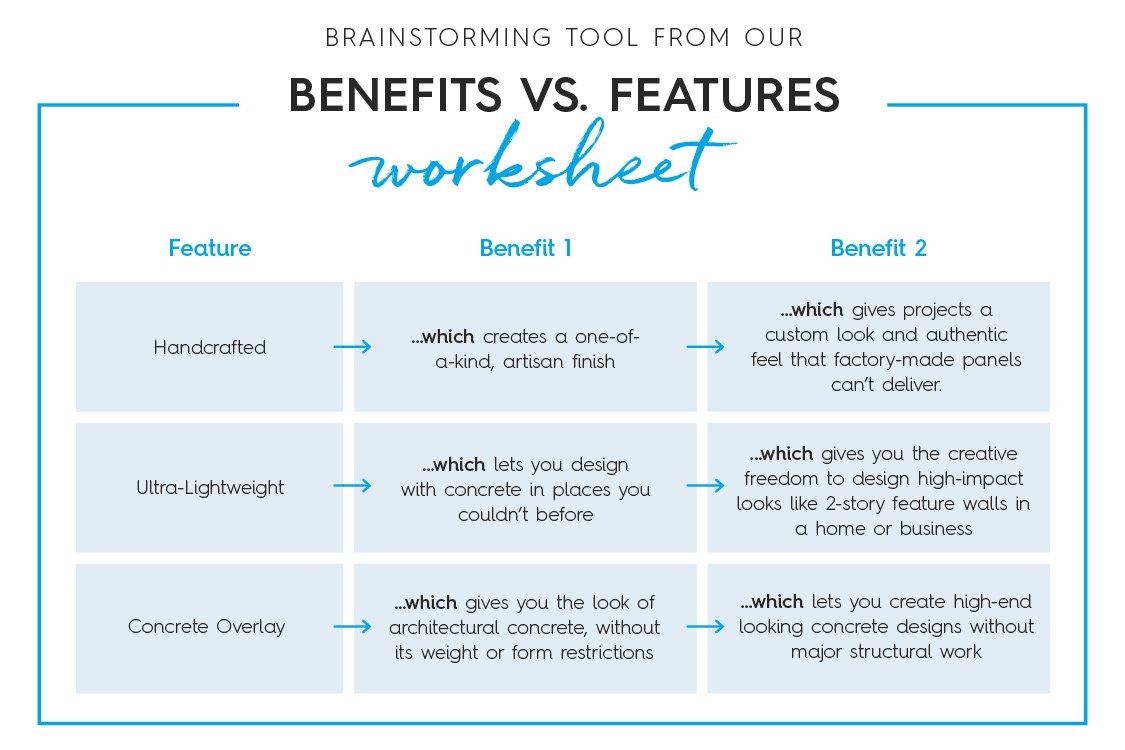
- Who are they? What are their demographics, lifestyle, and interests?
- What are their pain points? What challenges are they facing that your product or service can solve?
- What are their motivations? What are they looking for in a solution?
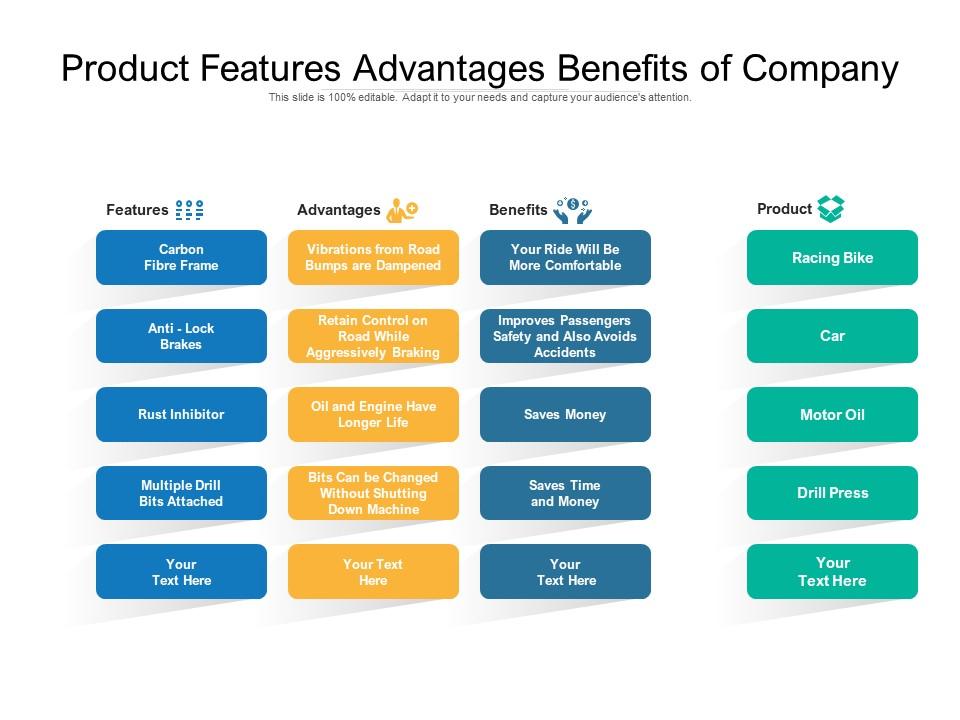
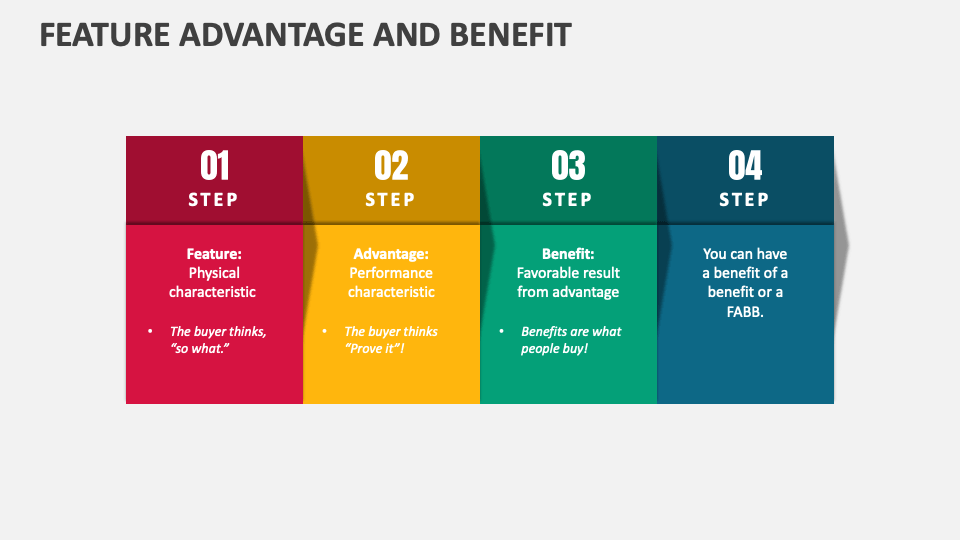
Once you have a clear picture of your ideal customer, you can start to identify the features and benefits that will resonate with them most.
2. Identifying Key Features:
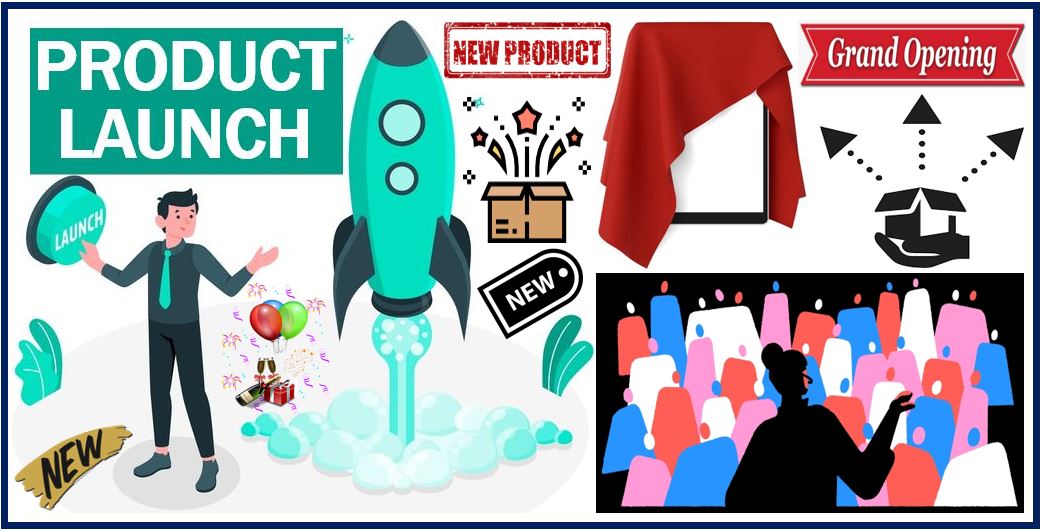
Features are the tangible aspects of your product or service. They are the "what" of your offering. To identify the most important features, consider:
- Functionality: What does your product or service do? What tasks can it perform?
- Design: What are the aesthetic qualities of your product or service?
- Materials: What materials are used in your product or service?
- Technology: What technological advancements are incorporated into your product or service?
- Sustainability: What environmental considerations are factored into your product or service?


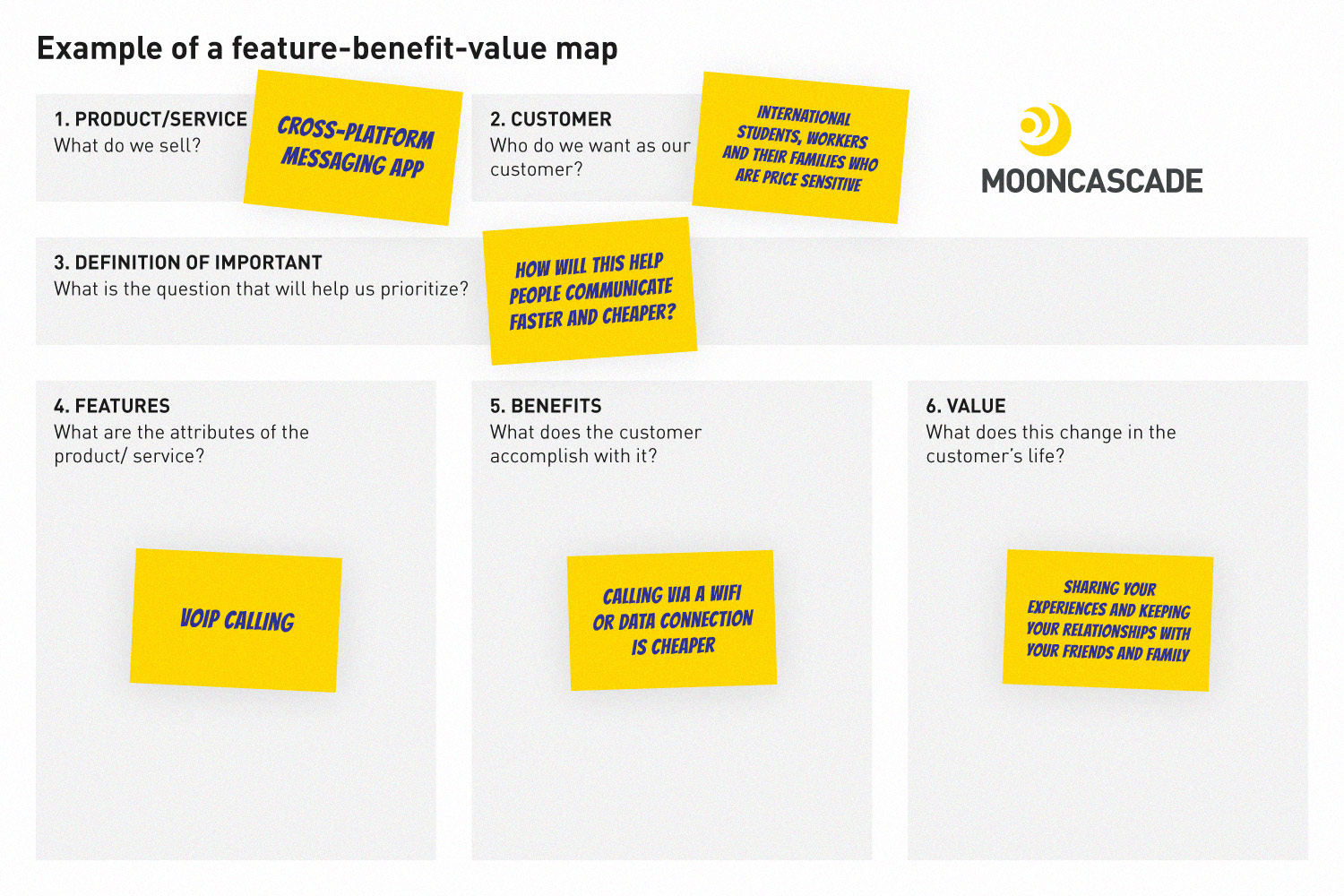
![]()
3. Translating Features into Benefits:
Benefits are the intangible advantages that customers will experience as a result of using your product or service. They are the "why" behind your offering. To translate features into benefits, ask yourself:
- How does this feature solve a problem for my customer?
- What positive outcomes will my customer experience as a result of this feature?
- How will this feature make my customer’s life easier, better, or more enjoyable?
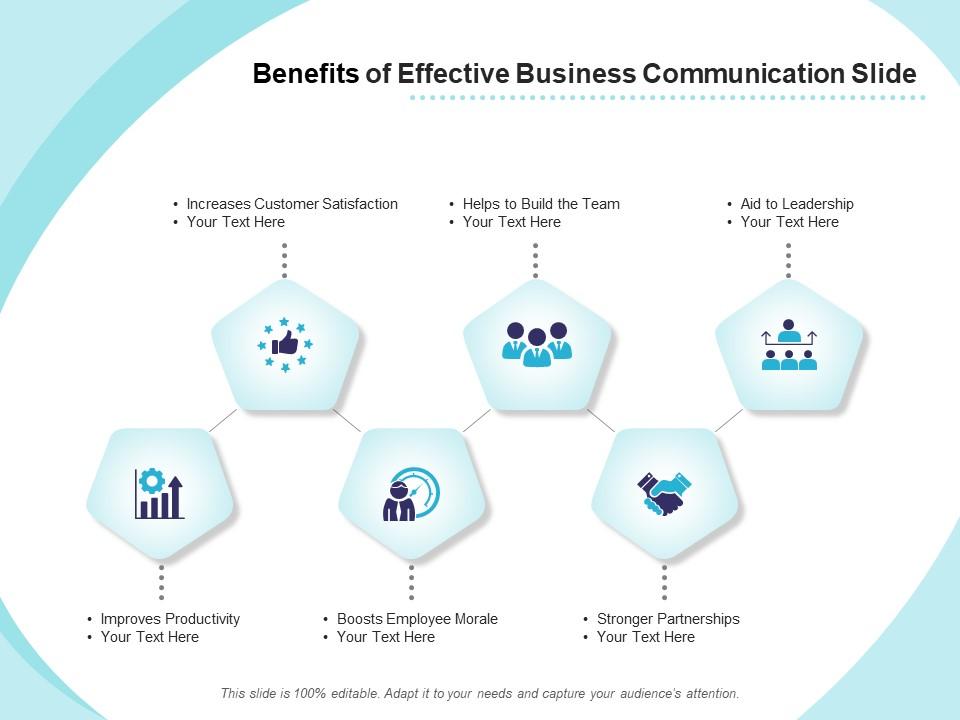
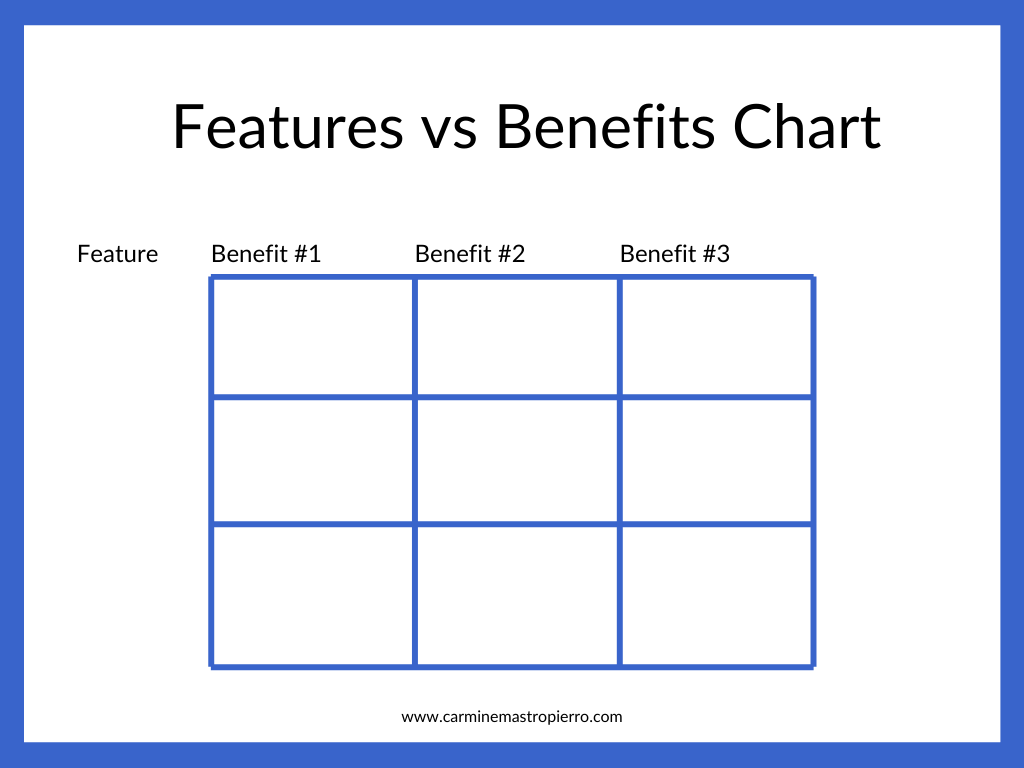
Example:
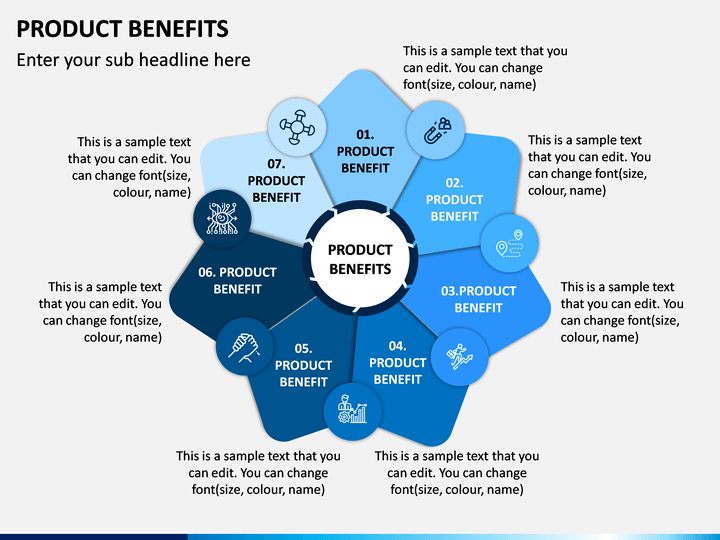
- Feature: A kitchen countertop made of durable, heat-resistant quartz.
- Benefit: This countertop will resist scratches, heat damage, and stains, making it perfect for busy families who cook and entertain frequently.
4. Prioritizing Features and Benefits:
Not all features and benefits are created equal. Some will be more appealing to your ideal customer than others. To prioritize, consider:
- Customer needs: Which features and benefits directly address the pain points and motivations of your ideal customer?
- Competitive advantage: What makes your product or service unique and better than the competition?
- Value proposition: What are the core values that your product or service delivers to your customers?
5. Crafting Compelling Messaging:
Once you have identified the most important features and benefits, you need to craft messaging that is clear, concise, and persuasive.
- Use strong verbs and action-oriented language: Instead of saying "This product is durable," say "This product withstands even the toughest use."
- Focus on the benefits, not just the features: Don’t just list features; explain how they will benefit the customer.
- Use specific examples and testimonials: Show, don’t tell. Use real-life examples and customer testimonials to illustrate the benefits of your product or service.
- Use a consistent voice and tone: Your messaging should be consistent across all platforms and channels.
- Keep it simple and easy to understand: Avoid jargon and technical terms that your ideal customer may not understand.
6. Applying the Principles to Your Product or Service:
Now, let’s apply these principles to your specific product or service. To give you the best advice, I need some more information about what you offer.
- What is your product or service?
- Who is your ideal customer?
- What are the key features of your product or service?
- What are the main benefits that your product or service offers?
Once I have this information, I can help you craft a compelling message that will resonate with your ideal customer and drive sales.
Remember, the goal is to make your product or service irresistible to your ideal customer. By clearly communicating the features and benefits that matter most to them, you can increase your chances of converting leads into loyal customers.
Let’s work together to make your product or service a success!
